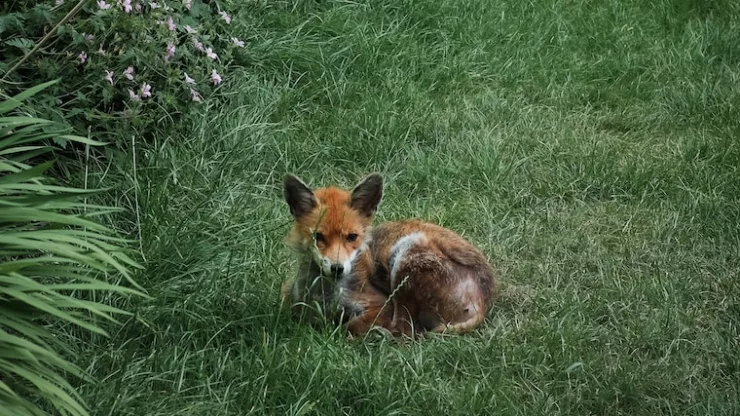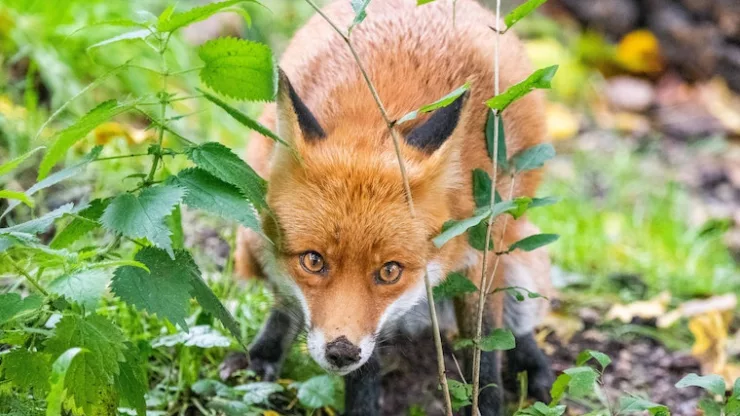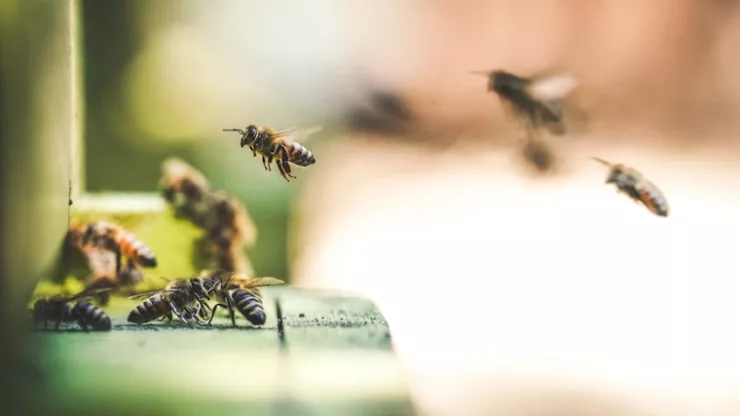Urban Wildlife and its Importance
Urban areas may seem like inhospitable places for wildlife, but many species have adapted to living alongside humans.
In fact, urban wildlife can provide many benefits, including pollination, pest control, and even stress relief for people.
However, urbanization also poses many threats to wildlife, such as habitat loss, pollution, and collisions with vehicles.
To ensure the survival of urban wildlife, it is important for individuals to take action and contribute to their protection.
Jump to Section
Ways to Contribute: From Your Own Backyard to Community Efforts
Protecting urban wildlife can start in your own backyard. Here are some ways individuals can make a difference:
- Plant native vegetation to provide food and habitat for wildlife
- Avoid using pesticides and chemicals that can harm wildlife
- Install birdhouses and bird feeders to attract birds
- Provide a source of water, such as a birdbath or pond
- Reduce outdoor lighting at night to prevent disorientation of nocturnal animals
Beyond individual actions, community efforts can also be effective in protecting urban wildlife.
Joining or starting a local conservation group can help promote wildlife-friendly policies and raise awareness.
Supporting or volunteering for organizations that protect urban wildlife, such as the National Wildlife Federation or the Wildlife Conservation Society, can also make a difference.
Examples of Successful Urban Wildlife Protection Projects
Many successful urban wildlife protection projects have been carried out around the world. Here are a few examples:
- The City of Melbourne, Australia, implemented a Biodiversity Plan that includes planting 3,000 trees and shrubs, creating wildlife corridors, and installing nest boxes for birds and bats.
- The Chicago Wilderness Alliance in Illinois, USA, has established a network of protected natural areas in the metropolitan region, covering more than 350,000 acres and providing habitat for more than 1,000 species.
- The Mumbai Nature Park in India, created from a landfill site, now hosts more than 200 species of birds, 40 species of butterflies, and many other animals.
These projects demonstrate that urban wildlife protection is possible with the right combination of individual and collective efforts.
Conclusion: Encouraging Everyone to Make a Difference
Urban wildlife protection is not just the responsibility of governments and conservation organizations.
Every individual can make a difference by taking action in their own backyard and supporting community efforts.
By protecting urban wildlife, we can ensure that these species continue to provide benefits to humans and contribute to the biodiversity of our planet.
Let’s all do our part in protecting urban wildlife.
By making small changes in our own lives and supporting larger conservation efforts, we can make a big impact on the survival of these important species.
Together, we can create a more harmonious and sustainable relationship between humans and wildlife.
FAQ
What are some common threats to urban wildlife?
- Habitat loss due to urbanization
- Pollution from human activities
- Collisions with vehicles
- Climate change
- Invasive species
How can I find a local conservation group to join?
Check with your local government or do an online search for conservation groups in your area.
You can also reach out to national organizations, such as the National Wildlife Federation, to find local chapters or affiliates.
Are there any benefits to having urban wildlife in our cities?
Yes! Urban wildlife can provide many benefits, such as pollination, pest control, and stress relief for people.
They also contribute to the biodiversity of our planet and can serve as indicators of environmental health.
I’m a nature enthusiast and creator of Metro Wilds and have spent years exploring the great outdoors.
With a passion for environmental conservation and sustainability, I have dedicated my career to writing about the beauty and wonders of nature, as well as the threats facing our planet.
Contact me at [email protected] for assistance.





